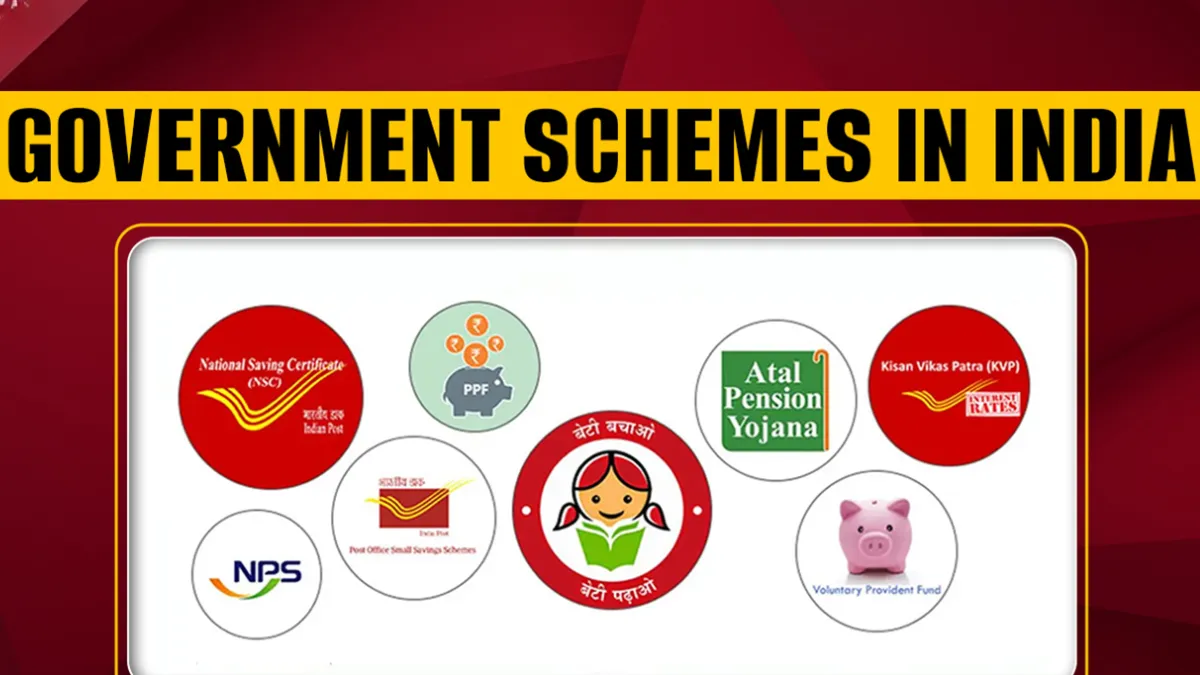From Schemes To Skills, India’s journey in bridging the gap between unemployment and opportunity has taken a strategic turn. In a nation where over 65% of the population is under the age of 35, government policy has increasingly focused on transforming traditional welfare schemes into skill-centric programs aimed at building a workforce ready for the 21st century. The shift from just providing jobs to creating a skill-ready talent pool is not only a response to changing economic realities but also a visionary move to future-proof India’s demographic dividend.
The Evolution of Employment Policy in India
From Schemes To Skills, Historically government intervention in employment was limited to generating public sector jobs or subsidizing employment in rural areas through schemes like MGNREGA (Mahatma Gandhi National Rural Employment Guarantee Act). While such programs served their purpose in providing wage security, they did little to promote employability or long-term career development.
Recognizing this gap, India’s policy focus began transitioning from job creation to skill creation, particularly post-2014, with the launch of the Skill India Mission. The idea was clear: rather than only offer short-term relief, empower the youth with skills that meet the demands of modern industries—both domestic and global.
Flagship Schemes Targeting Skill Development
Several government schemes have been launched or revamped to encourage skill-based development:
- Pradhan Mantri Kaushal Vikas Yojana (PMKVY): Launched in 2015, this flagship initiative aims to train over 10 million youth across various sectors. The focus is on demand-driven, industry-linked skill training and certification.
- National Apprenticeship Promotion Scheme (NAPS): This scheme incentivizes employers to engage apprentices and helps youth gain practical experience in real work environments.
- Deen Dayal Upadhyaya Grameen Kaushalya Yojana (DDU-GKY): Aimed at rural youth aged 15–35, it integrates skill training with placement-linked outcomes to reduce rural unemployment.
- Atmanirbhar Bharat Rozgar Yojana (ABRY): Introduced during the COVID-19 pandemic, this policy promotes formal employment by subsidizing EPF contributions for new hires.
These programs reflect a fundamental policy shift: preparing India’s labor force for a rapidly changing job market instead of just offering financial support.
Alignment with Industry and Future Demand
Another major trend is aligning government initiatives with industry needs and future job trends. The National Skill Development Corporation (NSDC) works with private partners to identify sectors where there is high demand—such as logistics, healthcare, green energy, IT services, and retail.
Furthermore, digital skilling has become a focus area. Initiatives like Skill India Digital and the National Digital Education Architecture (NDEAR) aim to bring digital literacy and tech-based skills to Tier 2 and Tier 3 cities.
The government is also supporting entrepreneurial skill-building through the Startup India initiative, offering financial assistance, mentorship, and incubation programs for job creators, not just job seekers.
Challenges on the Ground
Despite strong policy frameworks, several challenges remain:
- Mismatch between training and job opportunities: Many candidates trained under government schemes still struggle to find meaningful employment due to a lack of real-world application in training modules.
- Quality of training providers: Ensuring consistency and industry-relevant instruction is a persistent challenge.
- Low awareness and outreach: Rural youth and women often remain unaware of these schemes or face social barriers in accessing them.
- Certification vs. Employability: Having a certificate does not always translate into a job if employers do not value the training source or curriculum.
These gaps indicate that while the policy intent is strong, implementation and industry integration need continuous improvement.
The Road Ahead: Policy Recommendations
To truly harness the power of skill-based policy reform, India must:
- Strengthen public-private partnerships to ensure job linkages after training.
- Promote continuous learning and upskilling, not just one-time certifications.
- Introduce soft skills and life skills in vocational training programs.
- Measure impact beyond numbers trained—focus on placements, salaries, and long-term growth.
- Expand digital training platforms to improve accessibility across all demographics.
Conclusion
From schemes focused on temporary relief to policies that build lifelong skills, India’s employment strategy has evolved significantly. But the journey is far from complete. The future lies in an ecosystem where every government scheme is rooted in real-world employability, linked to market demand, and empowered by technology. Only then can India transform its demographic advantage into a true engine of growth and innovation.








